Even though camera technology is evolving greatly and dynamic range is getting better and better with each generation of cameras that come out there will always be a use for photographic filters. Whether that is simply to protect the lens you’re using, to create greater contrast in blue skies, or to slow down the shutter speed so much you can render the busiest cities in the world “abandoned”. Filters allow you to add endless possibilities to your photographic arsenal by simply adding an additional piece of glass to your camera.
Protective Filters
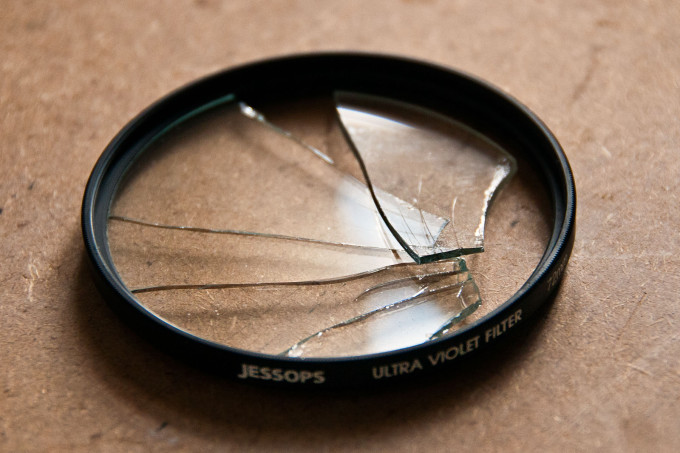
If you photograph babies or children, these filters can be used to protect your lens from toys or food flying through the air. If you photograph any type of sport, you may encounter a rock, piece of ice, or spray of water flying up and into the front element of your lens. You are likely more willing to replace a filter for often under $100 than you are to replace an entire lens or pay what can often be half the original price of the lens in repair costs. That being said, some photographers still prefer not to use filters at all and take the risk.
Circular Polarizer
Another very popular type of filter for cameras is the Circular Polarizer. The circular polarizing filters are often used to control and reduce highlights and reflections while offering the same protection as a standard protector filter.
- If you are trying to eliminate the reflection off the water and see through the surface, you simply need to rotate the ring on the filter to the desired location.
- If you are photographing a landscape, a Circular Polarizer filter can be useful in darkening and enhancing the colours of a blue sky, giving your images a bit more “pop” and can add contrast to clouds, to give a “darker” appearance to the image.
- If you are photographing a car and want to showcase the detail in the body and the colours, you can use these to eliminate reflections, and give a better, more realistic representation of how the vehicle would look under ideal conditions.
Neutral Density Filters
One of the most fun filters to use is a Neutral Density filter. Many clients or followers on social media will look at your images and ask “How did you do that?”.
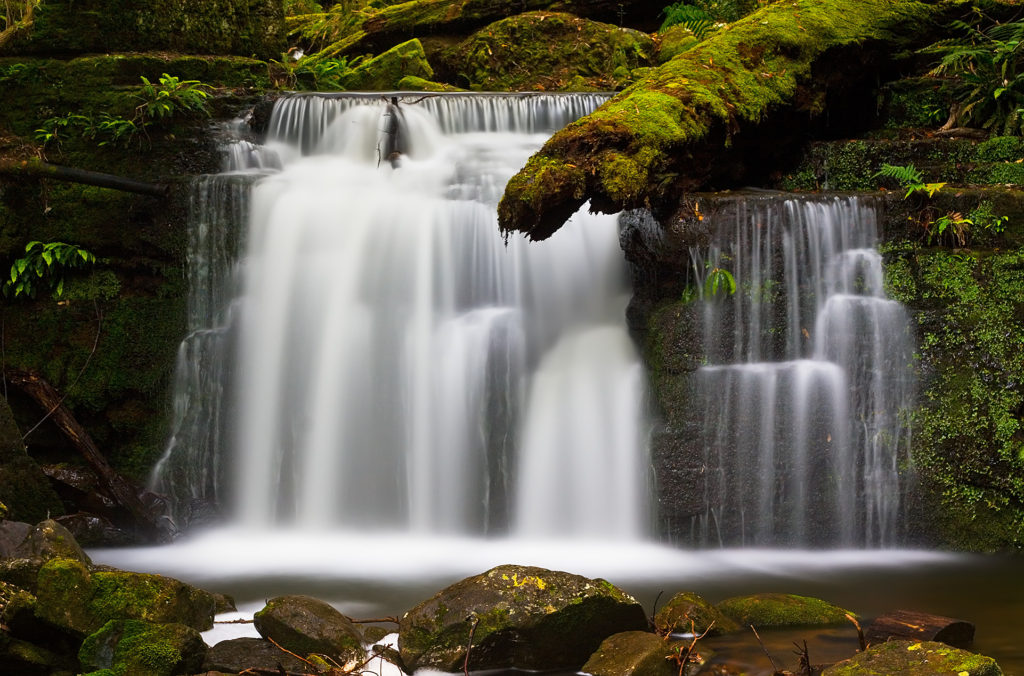
If a long enough shutter speed is achieved and used in a densely populated area, you can use these filters to create “ghosts” of the people walking down the street and essentially give the illusion that you are in a ghost town or simply to capture the beauty in the architecture without the distraction of the people in the image. Another use that is not as well known or commonly used is to shoot wide open with a fast lens and a ND filter. You will capture a very shallow depth of field in the harsh and bright sunlight in the middle of the day, making these filters a great tool for portrait sessions during the summer and especially during the winter where the sun is reflected back up off the snow.
If you are in the market for some filters, keep an eye out for Hoya branded filters. Hoya offers a wide range of filter options in all different categories and sizes, as well as professional and consumer level products. With such large product depth, it is easy to find their filters anywhere at affordable prices. Hoya also offers a product of a higher build quality than much of the competition and will last longer than many options available on the web and in stores.
What’s Next
Want to learn more about filters? Check out these related articles on Henry’s blog:
- Pro Tip: Neutral Density Filters for Stills and Video
- Filter Systems for JPEG Shooters
- Two Filters Every Serious Photographer Must Have
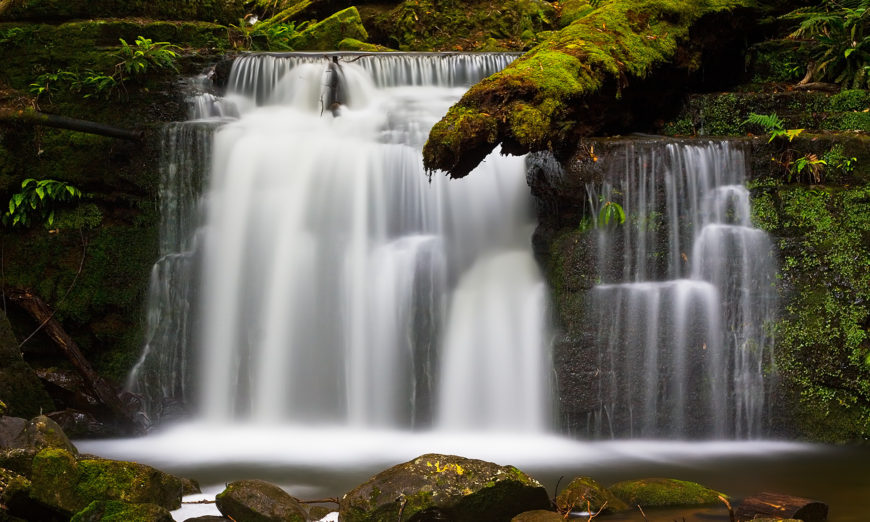
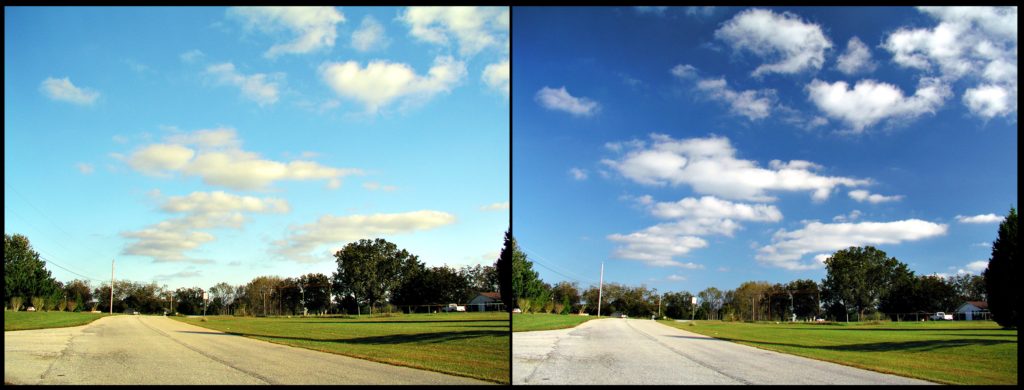
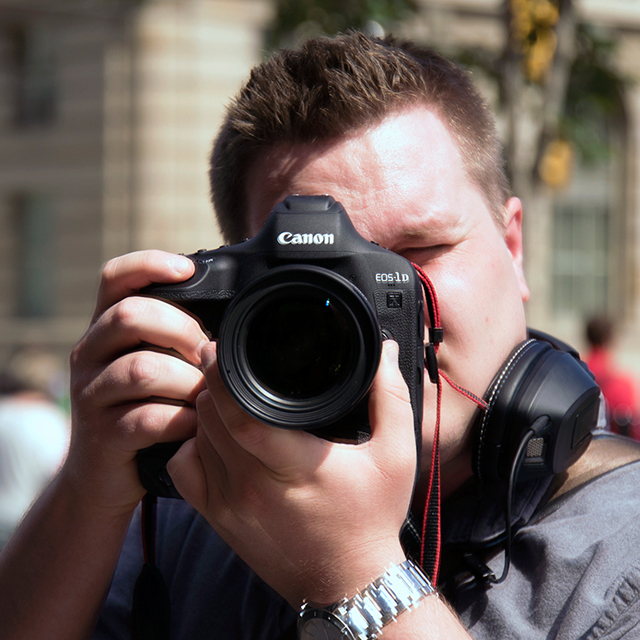




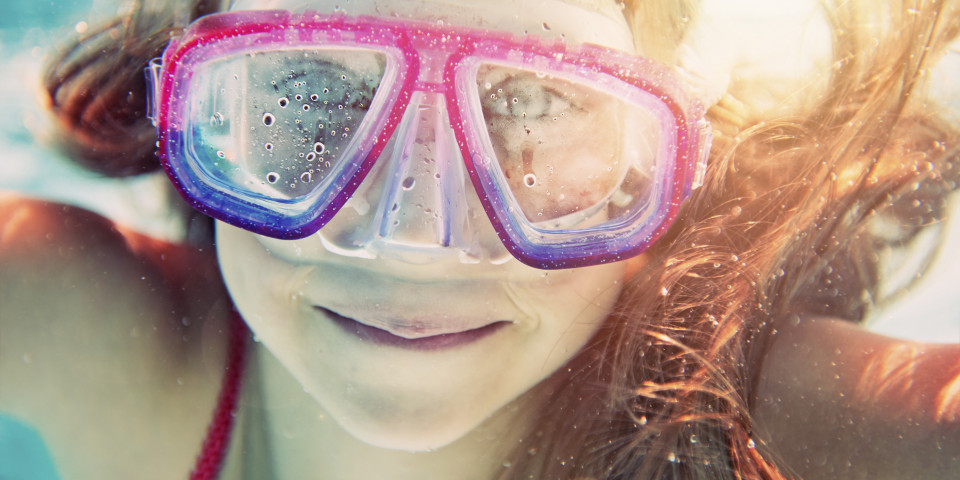
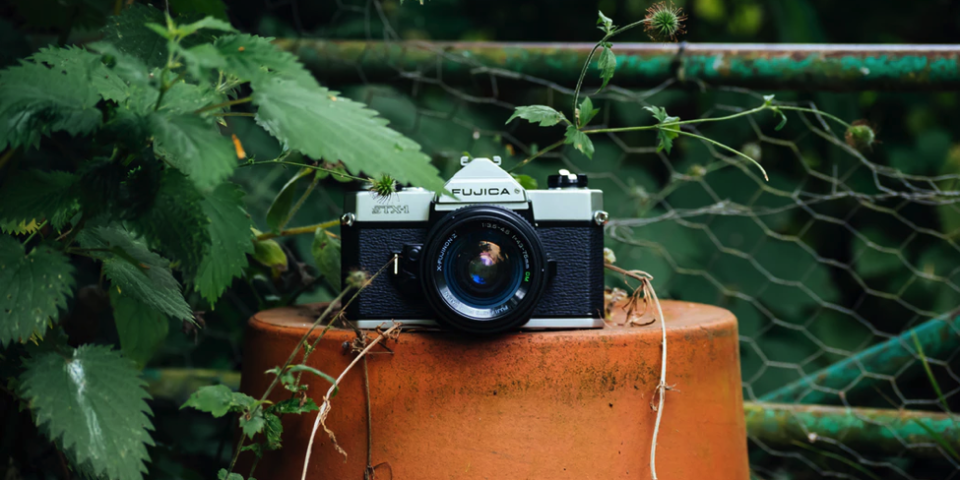
COMMENTS (2)
Pingback: Two Filters Every Serious Photographer Must Have | Photography and video news, reviews and tips | Henry's Camera
Pingback: Pro Tip: Neutral Density Filters for Stills and Video | Photography and video news, reviews and tips | Henry's Camera